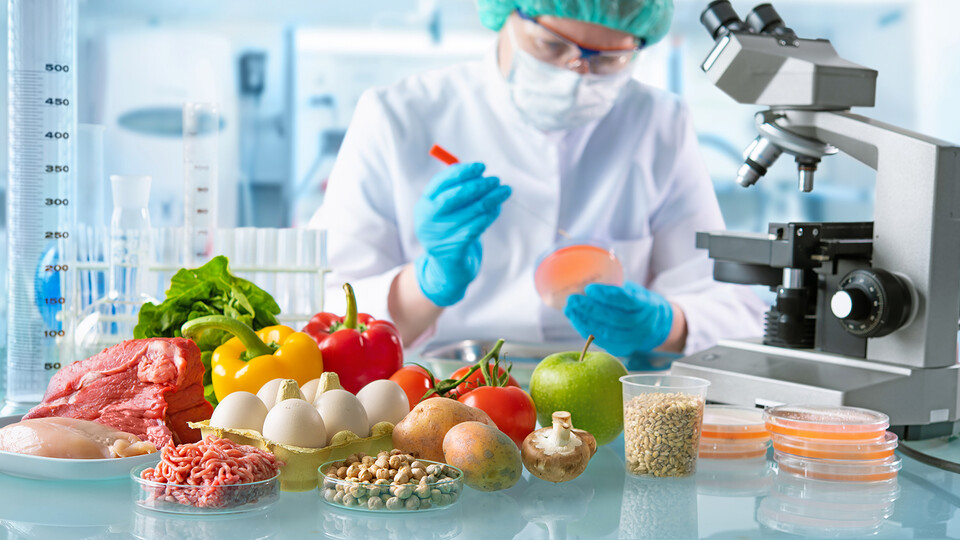Food Science and Technology Department

Department of Food Science and Technology: Faculty Publications
ORCID IDs
Document Type
Book Chapter
Date of this Version
2015
Citation
Chapter 10 in Metagenomics for Microbiology, J. Izard and M. C. Rivera, editors, Academic Press, 2015, pages 145-159
doi: 10.1016/B978-0-12-410472-3.00010-5
Abstract
Since Anthony van Leeuwenhoek, first microscopic observations of the unseen microbiota and the more recent realization that little of the microbes in the biosphere are known, humans have developed a deep curiosity to fully understand the inner workings of the microbial realm. Our ability to characterize the complexity of microbial communities in their natural habitats has dramatically improved over the past decade thanks to advances in high-throughput methodologies. By eliminating the need to isolate and culture individual species, metagenomics approaches have removed many of the obstacles that hindered research in the ecology of mixed microbial consortia, providing valuable information about the diversity, composition, function, and metabolic capability of the community. Microbes are the unseen majority with the capability to colonize every environment, including our bodies. The establishment and composition of a stable human microbiome is determined by the host genetics, immunocompetence, and lifestyle choices. Our life-style choices determine our exposure to many external and internal environmental factors that permanently or temporarily can influence our microbiome composition. Some of the lifestyle-related factors that might influence the microbiota of the skin, mouth, and gut are not limited to what we carry, touch, breathe, and eat. Other dispersal vectors include secretion, excretions, aerosols, air flow, animals, moving surfaces, water, beverages, food, contact, wind, tools, toiletry, and others. These influence the microbiome membership, who are present, and they have the ability to participate in the microbiome dynamic within an environment. The establishment of a microbial community is dependent on many environmental factors, including pH, temperature, altitude, weather, soil type, nutrient availability, relative humidity, air quality, pollutants, microbial competitors, and others. In other words, we are superorganisms interconnected with other life forms.
Included in
Food Science Commons, Genomics Commons, Organismal Biological Physiology Commons, Other Genetics and Genomics Commons

Comments
Copyright © 2015, Elsevier. Used by permission